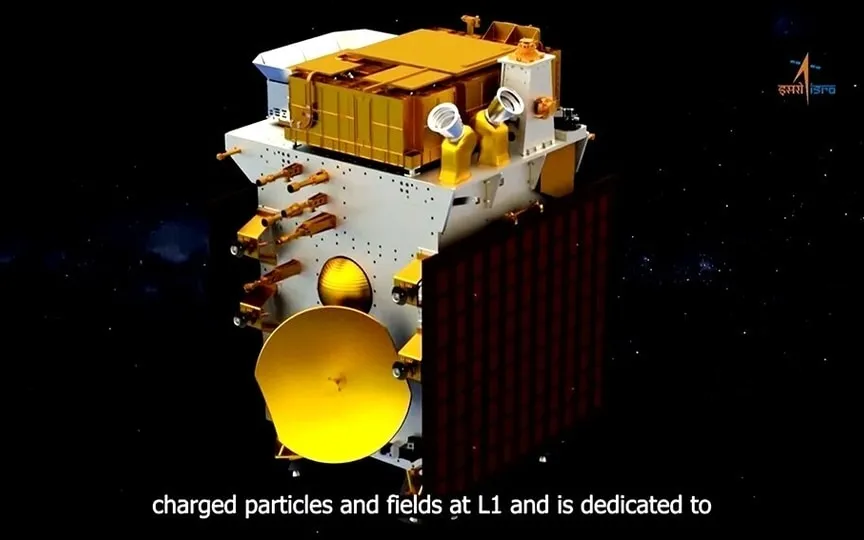ISRO Chief Discusses Key Points of Aditya-L1 Mission
S. Somanath, the chief of the Indian Space and Research Organisation (ISRO), has revealed that India’s inaugural solar mission, the Aditya-L1 spacecraft, is expected to arrive at Lagrange Point 1 (L1) by mid-January. Currently en route, the spacecraft is embarking on a 110-day expedition from Earth to its designated location, where it will commence its observation of the Sun.
ISRO chief S. Somanath shared this exciting news while addressing reporters in Madurai, Tamil Nadu. “Currently, it takes almost 110 days to travel from Earth to the L1 point,” he explained. So by mid-January it will reach L1 point. He also mentioned that once it reaches the L1 point, they will perform an addition to the Lagrange point, known as a halo orbit, which is a large, circular path, ANI reported.
Aditya-L1 mission to study the Sun
The Aditya-L1 mission was launched from the Satish Dhawan Space Center in Sriharikota on September 2, soon after the successful soft landing of Chandrayaan-3 at the moon’s south pole.
The spacecraft is equipped with seven special instruments designed to study the Sun comprehensively. Four of these instruments monitor sunlight, while the other three measure various properties of plasma and magnetic fields. The Aditya-L1 aircraft will be placed in a halo orbit around Lagrangian Point 1 (L1), located approximately 1.5 million kilometers from Earth in the direction of the Sun. Aditya-L1 is expected to travel this distance in four months.
The primary objective of the Aditya-L1 mission is to study the Sun’s outer atmosphere, which is a vast region of gas.
Gaganyaan program progress
During the discussion, ISRO chief S. Somanath spoke about the Gaganyaan mission. He mentioned that the Test Vehicle-D1 mission is scheduled for October 21 as part of the Gaganyaan program to test and demonstrate the crew’s escape system. The ultimate goal of the Gaganyaan project is to showcase India’s human spaceflight capability by launching a three-person crew into orbit for a three-day mission, followed by a safe return to Earth by landing in Indian waters, according to ISRO. Somnath also revealed ISRO’s plans for several upcoming launches in the coming months, including GSLV, SSLV, an unmanned mission to Gaganya and a PSLV launch before January.




